
|

|
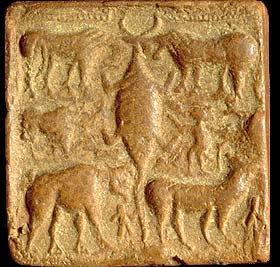
|
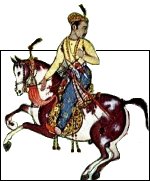
|
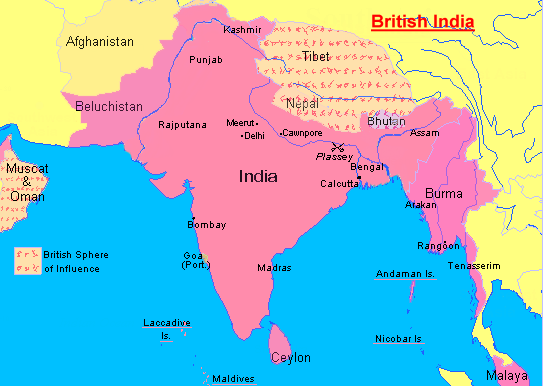
|
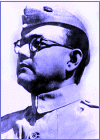
|
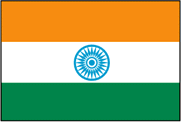
|
Trade and Colonization
In 1498, Vasco da Gama returned to Portugal and opened the possibility of European trade with India. He had found many Indian merchants willing to trade with him as well as a sophisticated marketplace with many new goods. Over the next 300 years, French, Spanish, Portugese, Danish, Dutch, and British companies established trading posts in India. Soon, battles for business turned into battles for colonization and the beginning of empires.

Portugese, Danish, and Dutch traders:
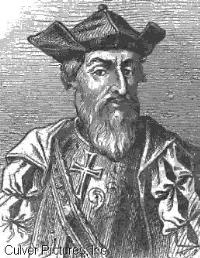
Explorer Vasco da Gama (right) The Portugese took over the Indian state of Goa and continued to hold it as their main
trading post. They established strong trade relations with Southern merchants in the 1500s and
became the main European presence in India. Their trade was in spices and fabrics. Europe needed
new spices to preserve and flavor food. Portugese merchants were also intrigued by Indian fabrics that were not produced
in Europe. Indian traders liked the chance for more money and European products, so they supported the early trade posts.
|

|
French Footholds:
France established a trading post in Pondicherry in 1672. The French used this base in their colonization plans
and attempts to force the English out of India. The French traded many of the same items that the Portugese did 100 years
earlier, but they also got involved in Indian politics. French representatives tried to force local leaders to work
against each other so that the chaos would give France an chance to take over part of India's government. They also
got Indian rulers to fight with the French against the British in an ongoing European war.
|

British colonization:
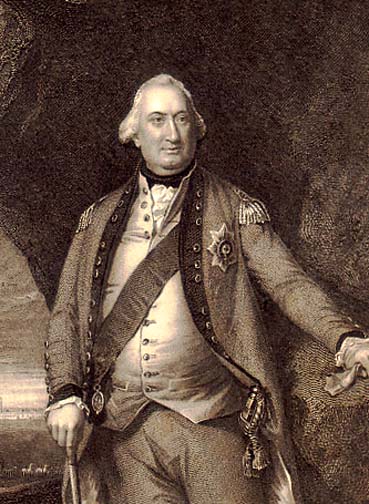 Lord Cornwallis, British governor-general in India from 1786 to 1793
Lord Cornwallis, British governor-general in India from 1786 to 1793
England established the East India Company in 1600. This trading company sent ships to India in 1608
and soon set up posts along the southern and eastern coasts. At the same time, the Moghul empire was falling
apart because of corruption and bad organization. The East India company began to gain influence and fill the gaps.
It bought land and created new forts in cities to protect its property.
|


To top of page
The creator of this site would like to thank:Itihaas.com (http://www.itihaas.com) for a clear history of modern India
Sylvia McNair (author of "Enchantment of the World: India") for an easy introduction on the British presence in India.